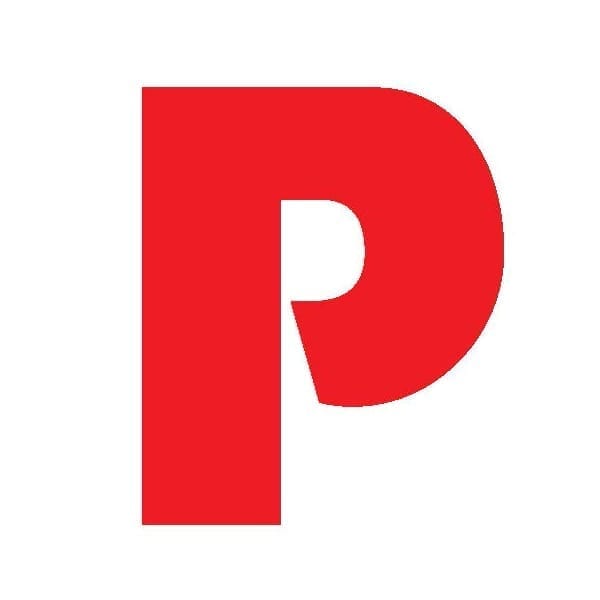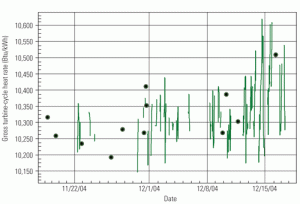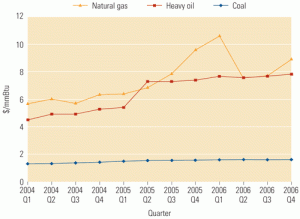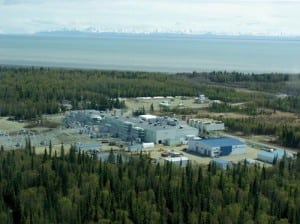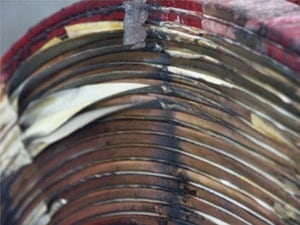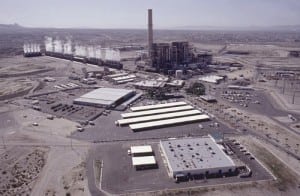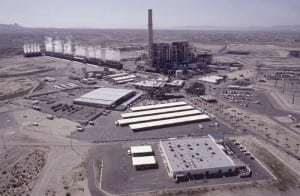-
Poor priorities
I couldn’t help but marvel at the synchronicity of two unrelated events over the past few weeks. The first, on January 12, was the rare cancellation of a major military acquisition program with problems called "too expensive to fix." It takes an Act of Congress to kill most military contracts due to the pork flowing […]
-
-
Gas
Fleetwide standardization of steam cycle chemistry
Nearly five years ago, a major IPP began standardizing steam cycle chemistry feed, control, and monitoring across its combined-cycle fleet. This article discusses the steps taken, the costs incurred, and the technical and financial benefits achieved. Although the project focused on non-cogeneration plants, the findings detailed below are broadly applicable to other kinds of plants. However, the specific implementations (especially of the chemistry standards) described may have to be modified slightly for application to cogen plants.
-
-
Coal
Gas turbine "refueling" via IGCC
The jury is still out on the economic and technical feasibility of burning gasified coal to generate electricity. Gasification technology has yet to be proven on a utility scale, especially with Powder River Basin coal as the feedstock. And on the generation side, there are more questions than answers about the capital cost and availability of integrated gasification combined-cycle (IGCC) plants. But with natural gas prices high and rising, it’s definitely worth examining whether it would be economically and technically feasible to convert the existing U.S. fleet of gas-fired combined-cycle plants to burn gasified coal.
-
O&M
O&M staff keep their cool at Alaskan plant
Operating a combined-cycle power plant profitably is no walk in the park, even under ideal conditions. But the extreme conditions at the Beluga Power Plant—from isolation to volcanoes—challenge its staff every day in ways that operators in the lower 48 can only imagine.
-
News
Poor Priorities
I couldn’t help but marvel at the synchronicity of two unrelated events over the past few weeks. The first, on January 12, was the rare cancellation of a major military acquisition program with problems called "too expensive to fix." It takes an Act of Congress to kill most military contracts due to the pork flowing […]
-
O&M
Include generators and exciters in your outage inspections
Generators and exciters don’t get much respect during scheduled outages. If yours fall into that category, a strategy that includes regular inspections and routine maintenance is all the more important for identifying incipient problems that could bring a plant down. Read on to learn how to keep your generator or exciter from suffering any of the problems shown in the dramatic photos.
-
News
Environmental quandary shuts Mohave plant
Southern California Edison (SCE, Rosemead, Calif.) closed the 1,580-MW coal-fired Mohave Generating Station in Laughlin, Nev., on December 31. In a filing with the California Public Utilities Commission (CPUC), SCE said it expects the plant to remain off-line for four years—the time it will take for the utility and the plant’s other owners to battle […]
-
Search

